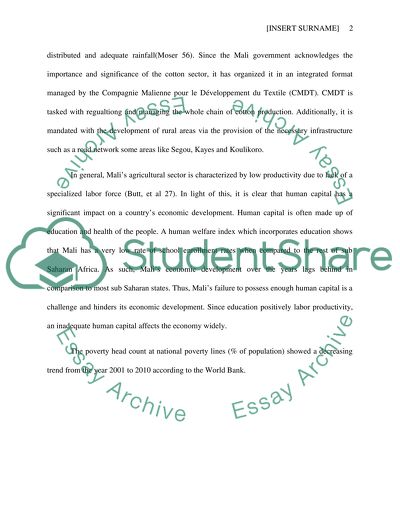Cite this document
(“Mali Economic Development Research Proposal Example | Topics and Well Written Essays - 1000 words”, n.d.)
Retrieved from https://studentshare.org/macro-microeconomics/1680620-mali-economic-development
Retrieved from https://studentshare.org/macro-microeconomics/1680620-mali-economic-development
(Mali Economic Development Research Proposal Example | Topics and Well Written Essays - 1000 Words)
https://studentshare.org/macro-microeconomics/1680620-mali-economic-development.
https://studentshare.org/macro-microeconomics/1680620-mali-economic-development.
“Mali Economic Development Research Proposal Example | Topics and Well Written Essays - 1000 Words”, n.d. https://studentshare.org/macro-microeconomics/1680620-mali-economic-development.


